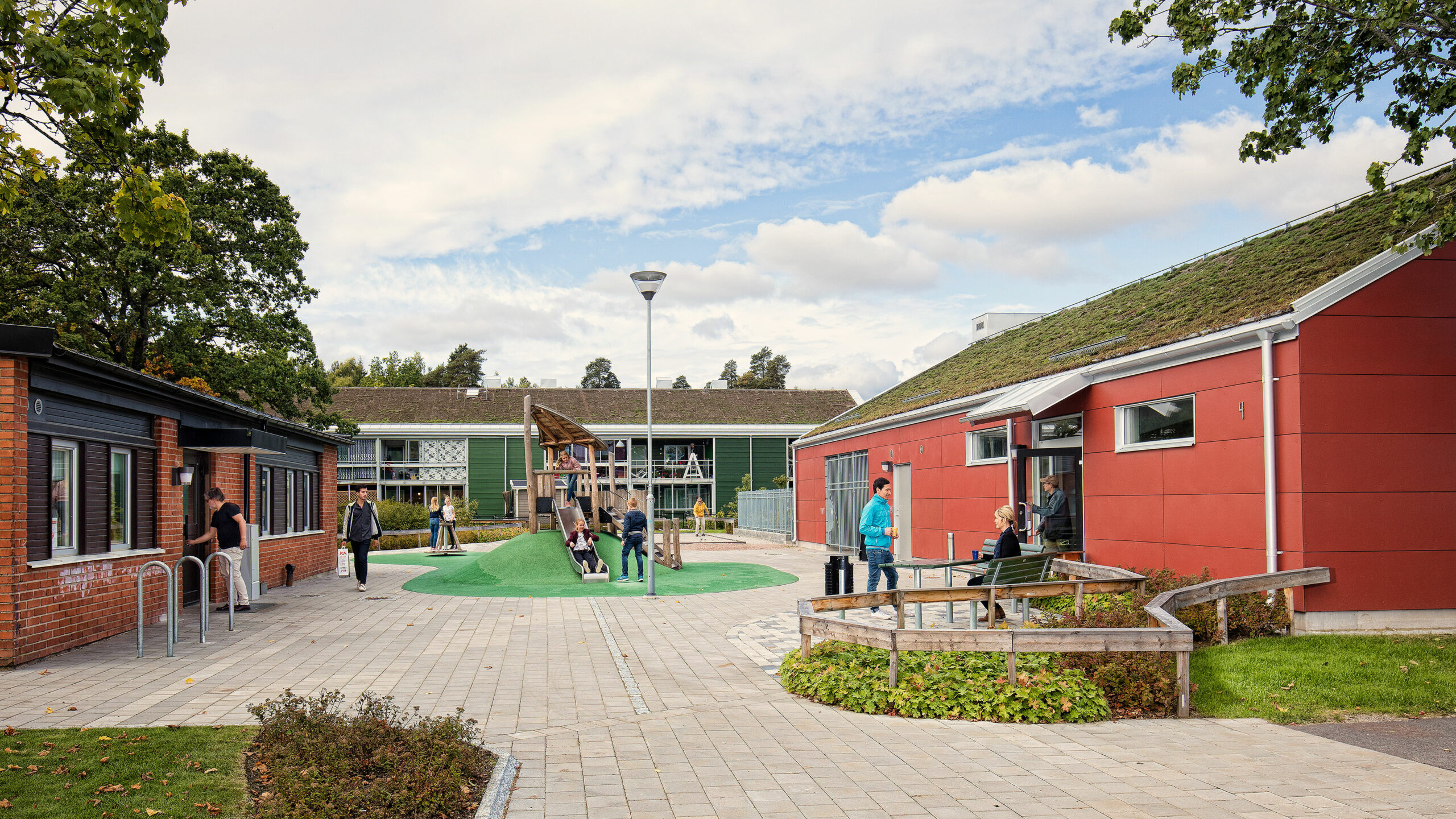In addition, commerce in local areas has seen an upswing now that our day-to-day lives play out in and around our homes. Grocery retailers, who have recently had a tough time in the suburbs and in areas outside of city centres, are now doing better than they have in a long time. In March 2020, the number of shops forced to close was 17 percent fewer than for the same period in 2019.
This is logical, considering that people are spending more time and money outside the city centre, which can create long-term local economic resilience, with new business opportunities for shops, restaurants, and property owners. An increase in the number of outlets and a more urban feel in formerly sleepy suburban centres can create a sense of security and well-being.
“We need to work together to strengthen local centres in step with increased needs. This could also pave the way for a broadening of the activities in local centres, which creates long-term value and will help these areas to retain their attractiveness once the worst of the pandemic is over,” says Rebecca Rubin.
Development comes with its own set of challenges, however. Our homes often lack the benefits that an office provides in terms of social interaction, ergonomics, and efficiency-enhancing tools. And, most of all, when we don’t leave the home to go to the office, the boundary between working time and leisure time becomes blurred. In addition, we no longer have those encounters that connect us with other areas as we travel across the city. This reinforces prevailing inequalities linked to our residential areas.
Inequality linked to involuntary overcrowding and access to urban facilities and local services is exacerbated, which has a major impact on our quality of life and our opportunities. Completing upper secondary school digitally in overcrowded housing is a far greater challenge than it is in a more privileged home, while shielding due to being in an at-risk group may be impossible for those living in a multi-generational home.
“Involuntary overcrowding has devastating consequences for children and adults, affecting their mental and physical health as well as their ability to concentrate and their stress levels. This affects people’s ability to work and study, which has a long-term negative impact on people’s equal life chances. Here we need to immediately prioritise both short and long-term measures to increase the quality of living environments in the areas where these are needed most. We need to look at the potential of outdoor spaces and, above all, supplement these with more non-commercial indoor spaces as it starts to get colder,” says Moa Lindunger.
